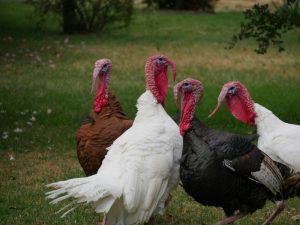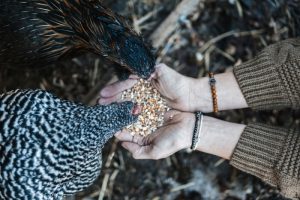- How Long do Chinchillas Live?
- What is Rats average lifespan?
- How Long do Ants Live?
- Redefine your workspace with a desk shelf that works wonders
- The Lifespan of Osteoclasts: How Long Do They Live?
- What is Monkfish average lifespan?
- What is Amberjack average lifespan?
- What is Sturgeon average lifespan?
- What is Barramundi average lifespan?
- What is Wahoo average lifespan?
- What is Shark average lifespan?
- What is Redfish average lifespan?
- What is Marlin average lifespan?
- What is Pompano average lifespan?
- What is Rainbow Trout average lifespan?
- What is Swordfish average lifespan?
- What is Anchovy average lifespan?
- What is Grouper average lifespan?
- What is Halibut average lifespan?
- What is Carp average lifespan?
Do Owls Eat Cicadas?

Owls, with their mysterious and powerful presence, have long captivated our imaginations as nocturnal hunters. These feathered predators are known for their diverse diets, which can include a wide range of prey. But do owls also eat insects, like cicadas? This article explores whether owls, particularly barred owls, consume cicadas and their role in the food chain.
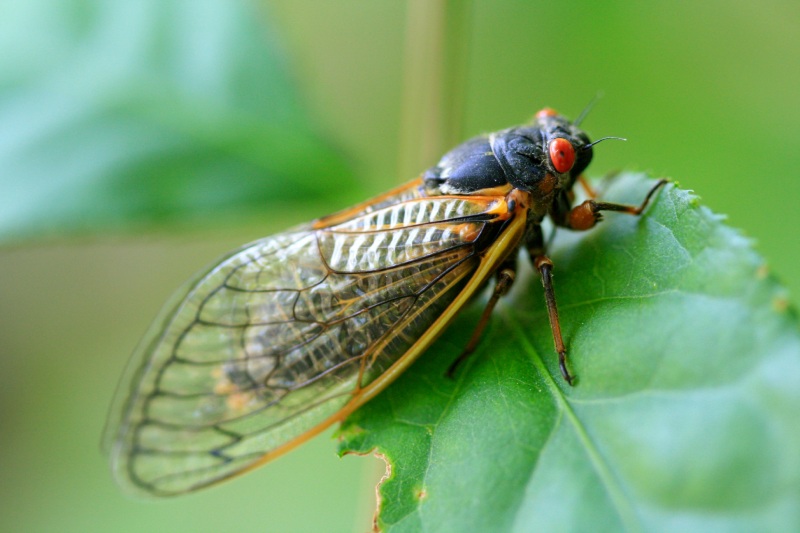
Understanding an Owl’s Diet
Owls are carnivorous birds, and their diet largely depends on their environment, the availability of prey, and the specific species of owl. Typically, owls hunt:
- Small mammals like mice, rats, and voles.
- Birds, especially smaller species.
- Amphibians such as frogs and toads.
- Reptiles like snakes and lizards.
- Insects, including beetles, moths, and grasshoppers.
While many people associate owls with hunting small mammals, these birds are opportunistic feeders, which means they eat what is most readily available. In some regions, insects can make up a small part of their diet, especially when food sources fluctuate with the seasons.
Do Owls Eat Cicadas
While owls are not exclusively insectivorous, some species do include insects in their diet, especially when larger prey is scarce. Cicadas, with their large size and seasonal abundance, can be an attractive food source for owls. These insects are often found in large numbers, making them a tempting target for opportunistic hunters.
Although owls may not regularly rely on cicadas as a primary food source, they are known to consume them when the opportunity arises. For instance, during cicada outbreaks, owls might take advantage of the abundance of these insects to supplement their diet.
Do Barred Owls Eat Cicadas
Barred owls (scientific name Strix varia) are medium-sized owls found primarily in North America. Known for their distinctive “who-cooks-for-you” call, these owls prefer dense forests and woodland areas, but they are adaptable and can thrive in suburban settings as well.
The diet of a barred owl mainly consists of:
- Small mammals like rabbits, squirrels, and mice.
- Birds, such as smaller songbirds.
- Amphibians, including frogs.
- Reptiles like snakes and lizards.
Barred owls, like other owl species, are opportunistic hunters. While their diet is dominated by larger prey, they are known to consume insects, especially when other food sources are scarce or difficult to find. During cicada swarming periods, barred owls may eat these insects, taking advantage of the sudden abundance. However, cicadas are more likely to be an occasional snack rather than a staple in the barred owl’s diet.
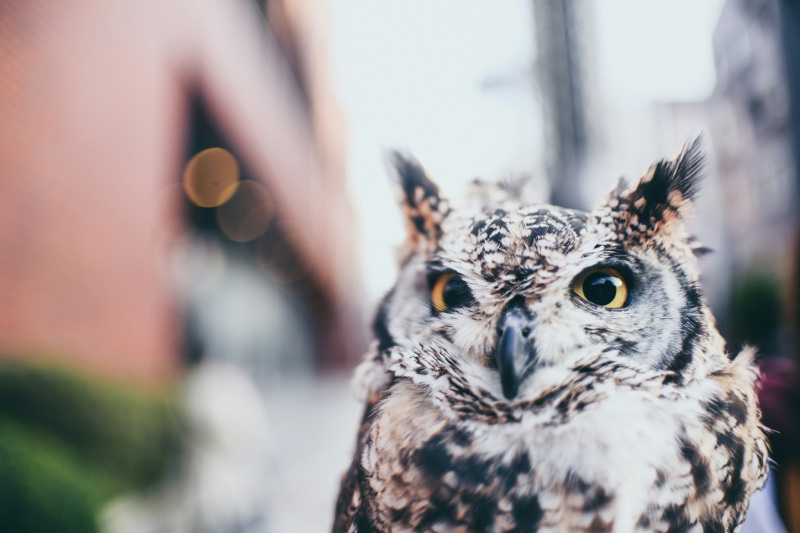
Other Birds That Eat Cicadas
While owls may not be the primary predators of cicadas, other birds are known to consume these insects. Crows, jays, and various insectivorous birds often include cicadas in their diet. However, owls, with their specialized hunting techniques and preference for larger prey, may not rely as heavily on cicadas as these other species.
Cicadas’ Role in the Food Chain
Cicadas play a crucial role in the ecosystem, especially during their swarming periods when they emerge in massive numbers. These gatherings provide a significant food source for a variety of animals, ranging from birds and mammals to reptiles. During these outbreaks, cicadas support many predators.
Birds, such as crows, blue jays, and sparrows, readily feast on cicadas, taking advantage of their abundance. Small mammals like raccoons and opossums also find cicadas appealing, adding them to their diets during these times. Even larger predatory insects, such as wasps and mantises, hunt cicadas as part of their feeding strategy.
While owls are not primarily insectivores, they fit into this food chain as opportunistic predators that may consume cicadas when they are plentiful. However, owls typically prefer more substantial prey, such as small mammals and birds, making cicadas a secondary option in their diet.
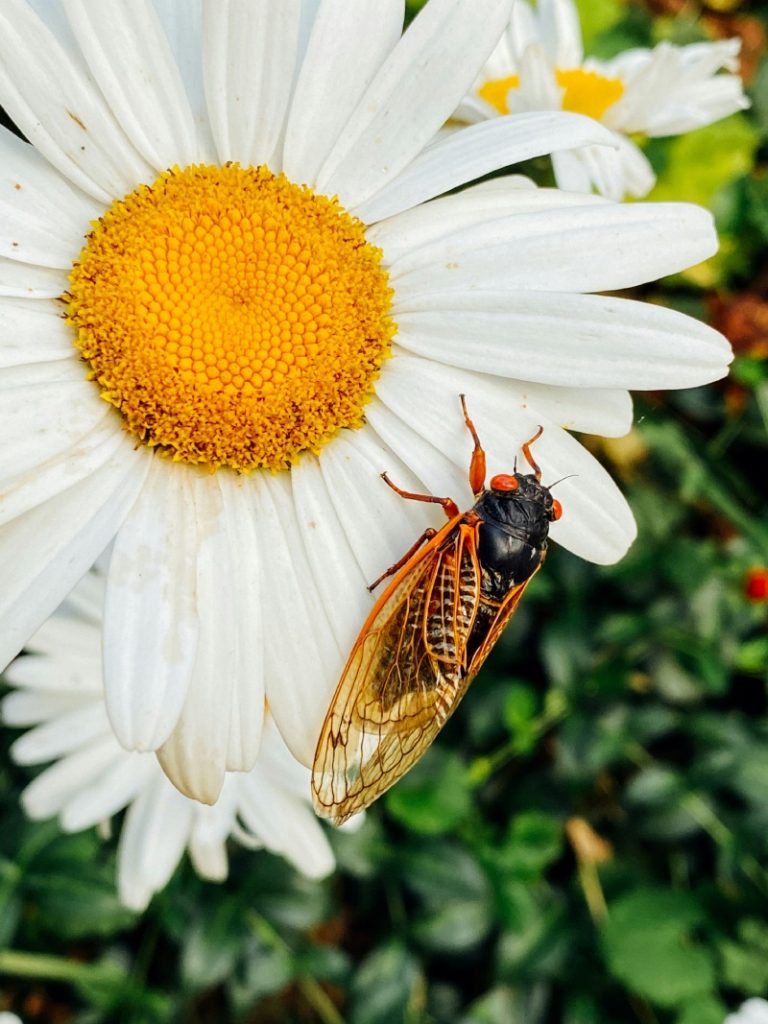
In conclusion, owls are capable of eating cicadas, but they may not regularly rely on these insects as a primary food source. Barred owls, in particular, are more likely to consume cicadas during cicada swarms or when other prey is scarce. The ability of owls to adapt to changing environmental conditions and consume a diverse range of prey is a testament to their remarkable survival strategies.

